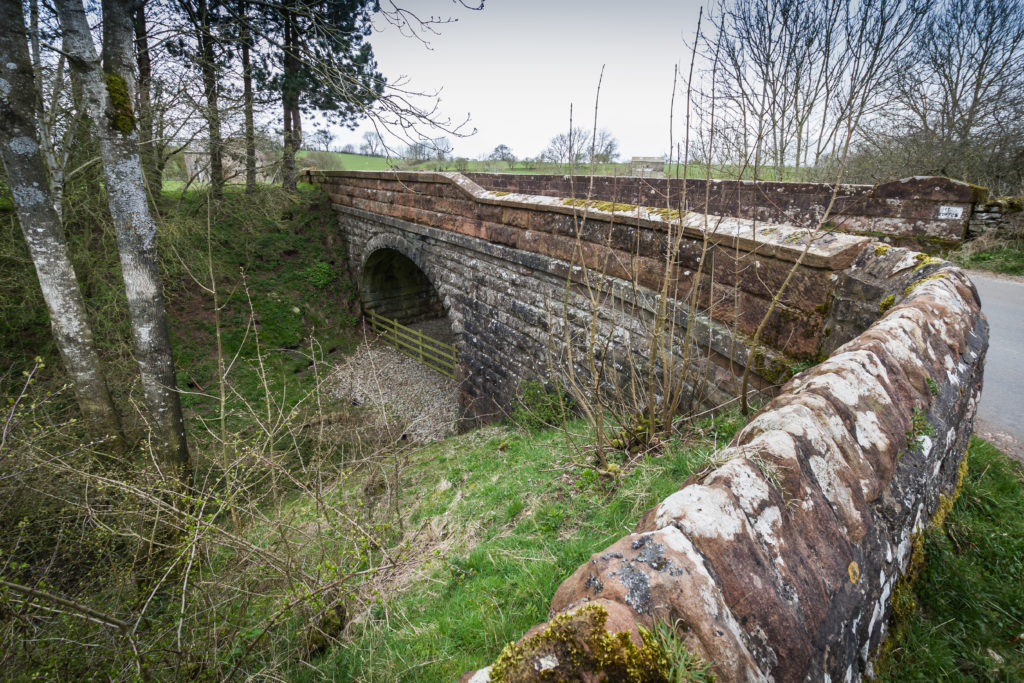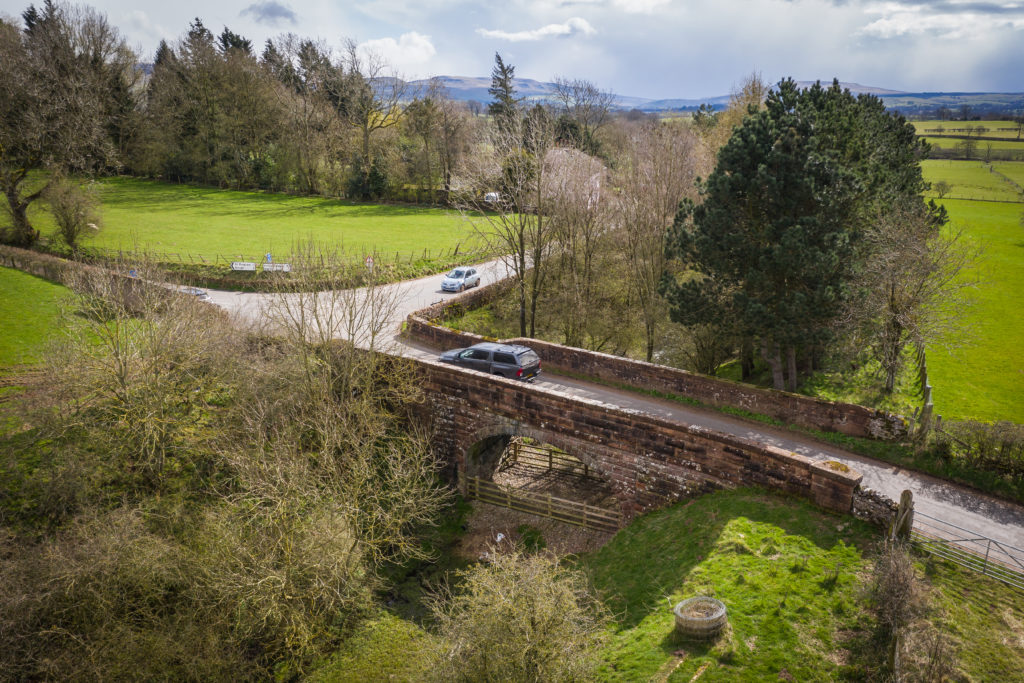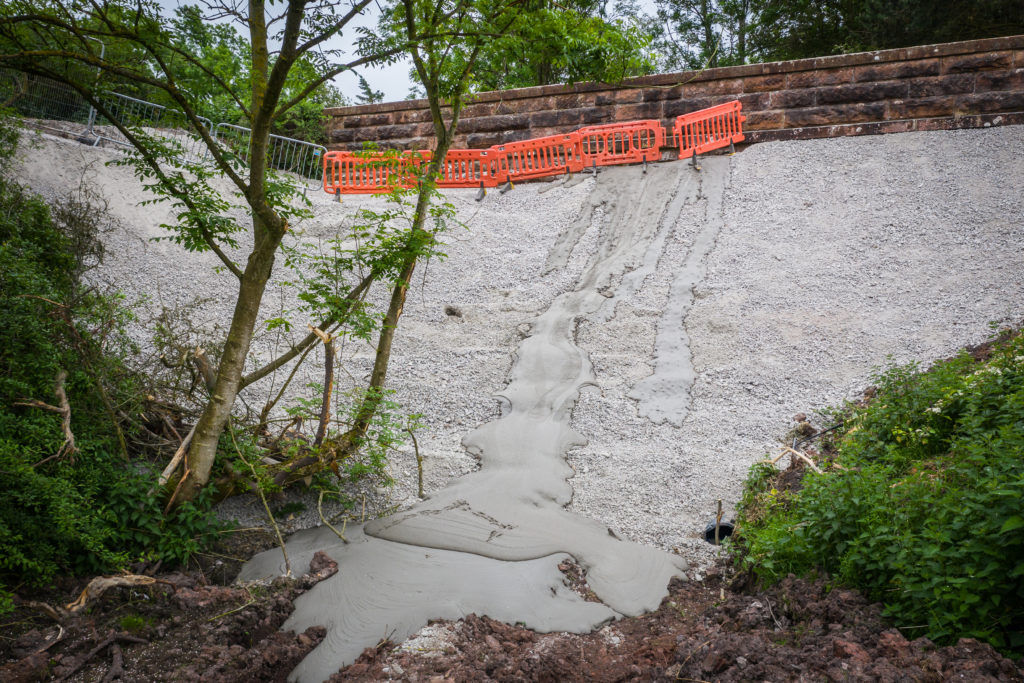The unfortunate tale of the infilling of Great Musgrave bridge has already been recorded in Rail Engineer, as has the more recent rejection of National Highways’ belated planning application. This feature considers this issue from an engineering perspective by considering the report commissioned by The HRE Group and produced by Bill Harvey Associates (BHA). This reviewed public and FOI documents and found no evidence to suggest a current or developing risk of collapse.
It identified several key issues that had led to the unnecessary condemnation of the bridge and suggested that the inspection and understanding of masonry arches and other legacy infrastructure is not as well taught and understood as in the past. This results in less well-informed analysis and assessment. Several lessons learned were highlighted in the report and form the basis of this feature.
Resilient structures
Masonry arches, built from local stone, or locally made bricks, have been a prominent feature of the UK’s transport infrastructure for two millennia. Those remaining in our transport networks are now well over a century old, with many rail and highway structures being significantly older, Great Musgrave being 160 years old.
The peak in construction of masonry arches was during the great railway expansion of the early to late 19th century, and highway bridges half a century before that. With their 200+ year life span they have significantly longer service lives then their more modern steel and concrete counterparts. In addition to their robust nature, they are also capable of surviving quite serious neglect, movement, and abuse whilst still carrying service loads.
The BHA report notes that cases of collapse of stone arch bridges are extremely rare and that when they do collapse, the main cause is scour undermining support of abutments or piers.

Understanding the structure
Understanding the elements of each structure is important so that, in turn, the nature and importance of defects is properly understood.
Unlike a simply supported steel or concrete bridge deck, a masonry arch is made up of a number of elements, some of which are hidden from inspection, that work together to form a single structure and must be considered in that way. These are the arch ring, abutments and piers, spandrel walls, and the arch backing (or internal spandrel walls).
Masonry bridges are built from voussoirs, large blocks of stone dressed into wedged blocks. The arch is formed of a single ring of blocks, typically around 500mm in depth, constructed on timber centering. Each block bears against its neighbour through a transverse mortar joint, forming a continuous arch from side to side. The continuity of this load path is important, and any significant mortar loss is a cause of concern as dropping of voussoirs or even the sagging of the arch could result.
The longitudinal joints between voussoirs, or perpend joints, do not have such an important structural purpose and loss of mortar in these is not as significant, indeed they were not always pointed at construction. The stability of the abutments and earthworks beyond are fundamental elements of an arch bridge, providing resistance to the arch’s dead and live loads.
Informed inspection
Traditionally, arches were stiffened when constructed by placing a ‘rubble concrete’ backing to the arch, normally from the arch crown, with a small fall to the abutment. Thus, the arch is substantially thicker than the arch face suggests. The backing also helped to lock together the uneven voussoir tops.
Spandrel walls act as retaining walls, the lower parts containing the self-supporting arch backing and the upper parts supporting the formation and live loads. The track on many rail underbridges has been raised over time, adding live load to the spandrels.

Small fractures in the extrados of an arch beneath the spandrel wall are a common defect, the result of cyclical movement between the movement of the arch under passing live loads and the relatively stiff spandrel wall. At Great Musgrave historic movement of up to 10mm was noted but this is normal and unavoidable.
Informed and skilled technical inspection is important as the significance of damage or deterioration in structures is not always obvious to uninitiated staff or the public. For example, prior to the collapse of the spandrel wall at Barrow on Soar in 2016, there were a number of visible developing defects warning of ongoing failure, but which were not considered important by passers-by.
Rigour required
Bridge managing authorities such as Network Rail and National Highways have formal structures inspection procedures, varying between frequent visual examinations and periodic detailed investigation. These should identify and record high quality, comprehensive, and repeatable records of bridge condition. Much damage will be seen first in small changes over time, and the sooner those changes are detected and recorded, the more chance there is of dealing with the damage when it can be simply rectified.
The key to successful inspection regimes is that they must be carried out by individuals with an understanding of construction details and trained to collect, and sense check, dimensional data. Traditionally bridge inspections were carried out by trades trained individuals with experience of bridge defects and repairs. Today’s bridge inspectors’ professional training includes little on traditional structures such as masonry arches.

Inspections should be supported by tools and processes that make progressive damage clear and which help to identify patterns of damage across similar structures. However, formalised routine bridge inspections are often based around ticks in boxes, verbal descriptions, together with a few dimensions and photographs, without continuity between each inspection report.
Bill Harvey Associates’ review of a number of previous Great Musgrave bridge inspection reports noted that the photographic record was inadequate, with not all defects being illustrated and a lack of continuity between reports of which defects were illustrated. The quality of photographs was also quite low, with poor definition of the featured defects.
Fluctuating data
At Great Musgrave, great weight was given to the loss of mortar in joints and the dropping of voussoirs. In rough faced stone, repeated measurement of these defects is only meaningful if measured in the same location every time, preferably using fixed datum points or tell-tales. Scrutiny of the historic bridge inspection reports showed a lack of continuity in measurement and locations, with one-off measurements, no defined or recorded method, and no record of locations at which measurements were taken. This resulted in fluctuating data on mortar loss and voussoir movement, and the raising of alarms to those interpreting and acting on the reports.
A single wedge-shaped voussoir cannot move at all without considerable damage to adjacent masonry. However, significance was given to a dropped voussoir as evidence of arch deterioration, despite no evidence of mechanical damage around its perimeter, or to the mortar. Arches are constructed on timber centering, and on striking this some small movements would have occurred as the structure absorbed self and imposed loads and established load paths between each voussoir. It is not uncommon for individual stone blocks to drop slightly at that time. This was the likely reason for a single, historical, dropped voussoir, and the varying measurements taken gave an inaccurate impression of movement.
The loose use of report terminology incorrectly stated in one report that the arch crown had dropped rather than a single block. The former would have been much more significant and wrongly influenced decision making.

Effectiveness of in-filling
Infilling can only strengthen an arch if the infill is strong enough to support the existing structure, and that there is no void between the fill material and the arch extrados.
Masonry arches are inherently stiff and the movements of the Great Musgrave bridge under road traffic loads would have been low single digit millimetres. It is not possible to compact and grout new fill, without minor settlement of the fill and of the former track formation beneath, greater than the live load distortion.
So, in practice infill cannot help to support the dead and live loads from above. At best, infilling could support a collapsing arch, but as noted above, catastrophic failure of arches is extremely rare.
BHA also noted that filling close to an arch soffit creates a permanently damp environment which can further accelerate stone and mortar degradation.
Ensuring long life
The key message learned from this project is that arches are very robust, but that the causes of damage are complex, and our understanding limited. The accurate and detailed reporting of condition, linked to a maintenance regime that deals with defects in their early stages, will result in continued long service lives for masonry arches.
The BHA report is available at http://thehregroup.org/structures/pdf/2022-006-Great-Musgrave-review.pdf
Bill Harvey
Engineer Bill Harvey lost his 18-month battle with pancreatic cancer on 15 October.
His career spanned more than 50 years, starting with Leeds City Council and construction of the Humber Bridge, before moving into teaching and then consultancy work. He became internationally recognised as a masonry arch specialist.
Humble and generous, Bill’s belief that engineers should have a deep social conscience proved an inspiration to many. His online ‘Bridge of the Month’ resource – which examines 140 noteworthy structures – offers unrivalled insight into the challenges presented by arches and will serve as a lasting legacy for learning.

